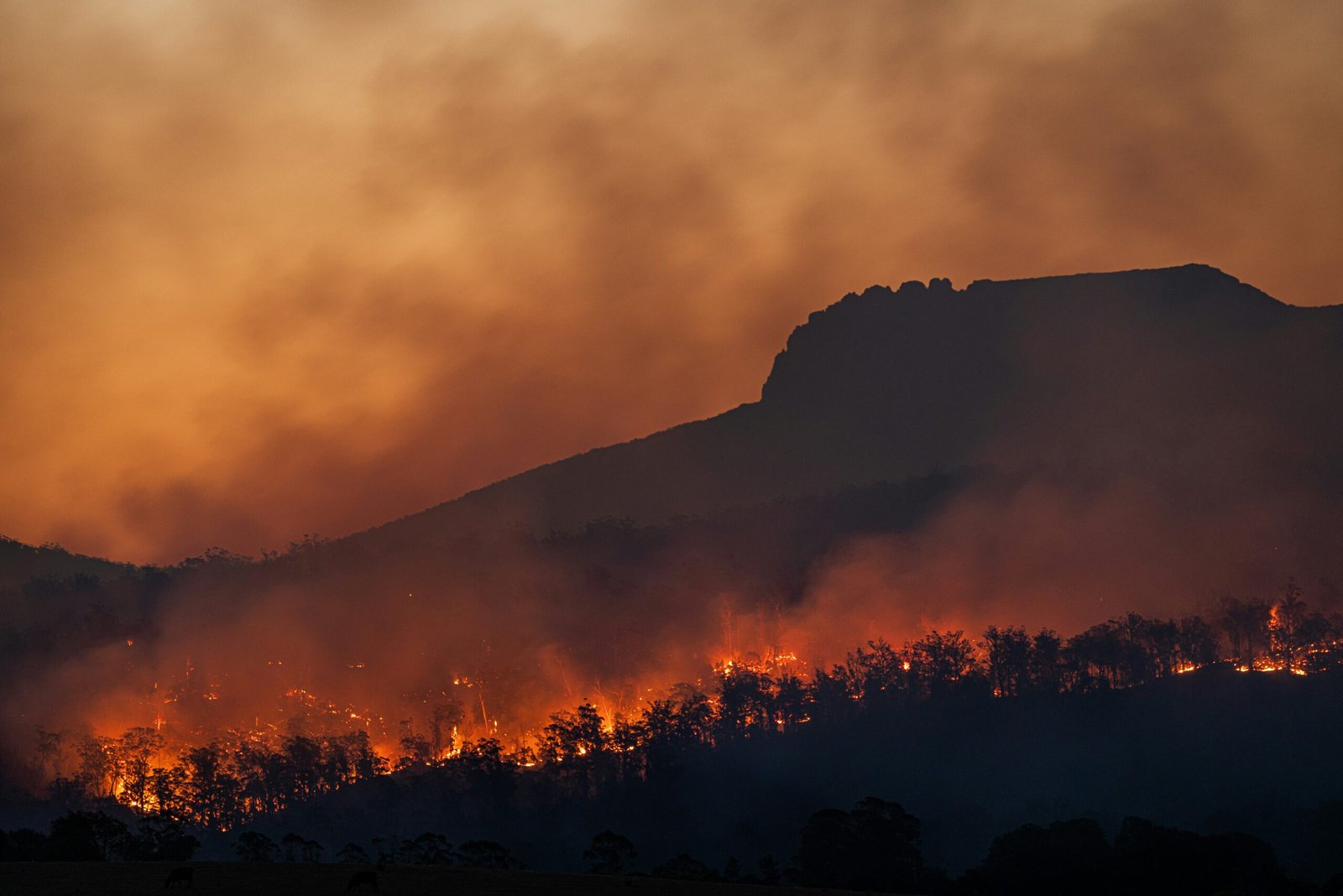Understanding Third-Party, Fire, and Theft Insurance
Third-party, fire, and theft insurance is a type of insurance coverage that provides protection against damage or loss to your vehicle caused by fire or theft, as well as any liability for damages caused to a third party. This type of insurance is typically less comprehensive than fully comprehensive insurance but offers a more affordable option for those who want some level of protection without the higher cost.
What Does Third-Party, Fire, and Theft Insurance Cover?
Third-party, fire, and theft insurance covers three main areas:
1. Damage or Loss Caused by Fire:
If your vehicle is damaged or destroyed by fire, this insurance will cover the cost of repairs or provide compensation for the loss of your vehicle up to the policy limit.
2. Theft of Your Vehicle:
If your vehicle is stolen, this insurance will cover the cost of replacing your vehicle up to the policy limit. However, it’s important to note that certain conditions may need to be met, such as having security features installed in your vehicle, to be eligible for a claim.
3. Liability for Damages to Third Parties:
If you are involved in an accident that causes damage to someone else’s vehicle or property, this insurance will cover the cost of repairs or compensation for the third party’s loss. It also provides coverage for any legal expenses that may arise from the incident.
How Are Claims for Third-Party, Fire, and Theft Insurance Honored?
When it comes to making a claim for third-party, fire, and theft insurance, the process typically involves the following steps:
1. Contact Your Insurance Provider:
As soon as an incident occurs that requires you to make a claim, it’s important to contact your insurance provider as soon as possible. They will guide you through the claims process and provide you with the necessary forms and information.
2. Provide All Relevant Information:
When making a claim, you will need to provide your insurance provider with all the relevant information regarding the incident. This may include details about the damage or loss, any police reports, photographs, or any other supporting evidence that can help validate your claim.
3. Cooperate with the Investigation:
Once you have submitted your claim, your insurance provider may conduct an investigation to verify the details and assess the validity of the claim. It is important to cooperate fully with the investigation and provide any additional information or documentation that may be requested.
4. Assessment and Settlement:
After the investigation is complete, your insurance provider will assess the claim and determine the amount of compensation you are eligible to receive based on the terms and conditions of your policy. If the claim is approved, they will provide you with a settlement offer or arrange for the necessary repairs or replacement of your vehicle.
5. Claim Payment:
Once the settlement offer has been accepted, your insurance provider will process the payment for your claim. This may be in the form of a direct payment to you or to a repair shop if repairs are required.
6. Deductibles and Excess:
It’s important to note that third-party, fire, and theft insurance policies often come with deductibles or excess amounts that you may be responsible for paying. These are predetermined amounts that you agree to contribute towards the claim, and the insurance provider will cover the remaining costs up to the policy limit.
Conclusion
Third-party, fire, and theft insurance provides a level of protection against damage or loss caused by fire or theft, as well as liability for damages to third parties. By understanding the coverage and the claims process, you can ensure that you are adequately protected and prepared in the event of an incident. Remember to always review your policy carefully and consult with your insurance provider if you have any questions or concerns.










